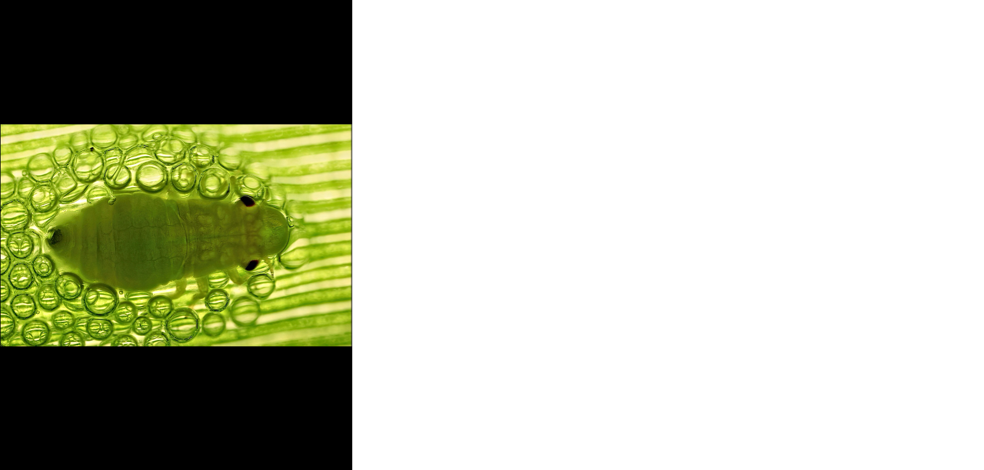Sign up for FlowVella
Sign up with FacebookAlready have an account? Sign in now
By registering you are agreeing to our
Terms of Service
Loading Flow


This is a pine needle under a microscope. The modern English name pine derives from Latin pinus which some have traced to the Indo-European base *pīt- ‘resin’. Pines are native to most of the Northern Hemisphere (see List of pines by region), and have been introduced throughout most temperate and subtropical regions of the world, where they are grown as timber and cultivated as ornamental plants in parks and gardens. One species (Sumatran pine) crosses the equator in Sumatra to 2°S. In North America, they range from 66°N to 12°N. A number of introduced species have become invasive,[3] threatening native ecosystems.